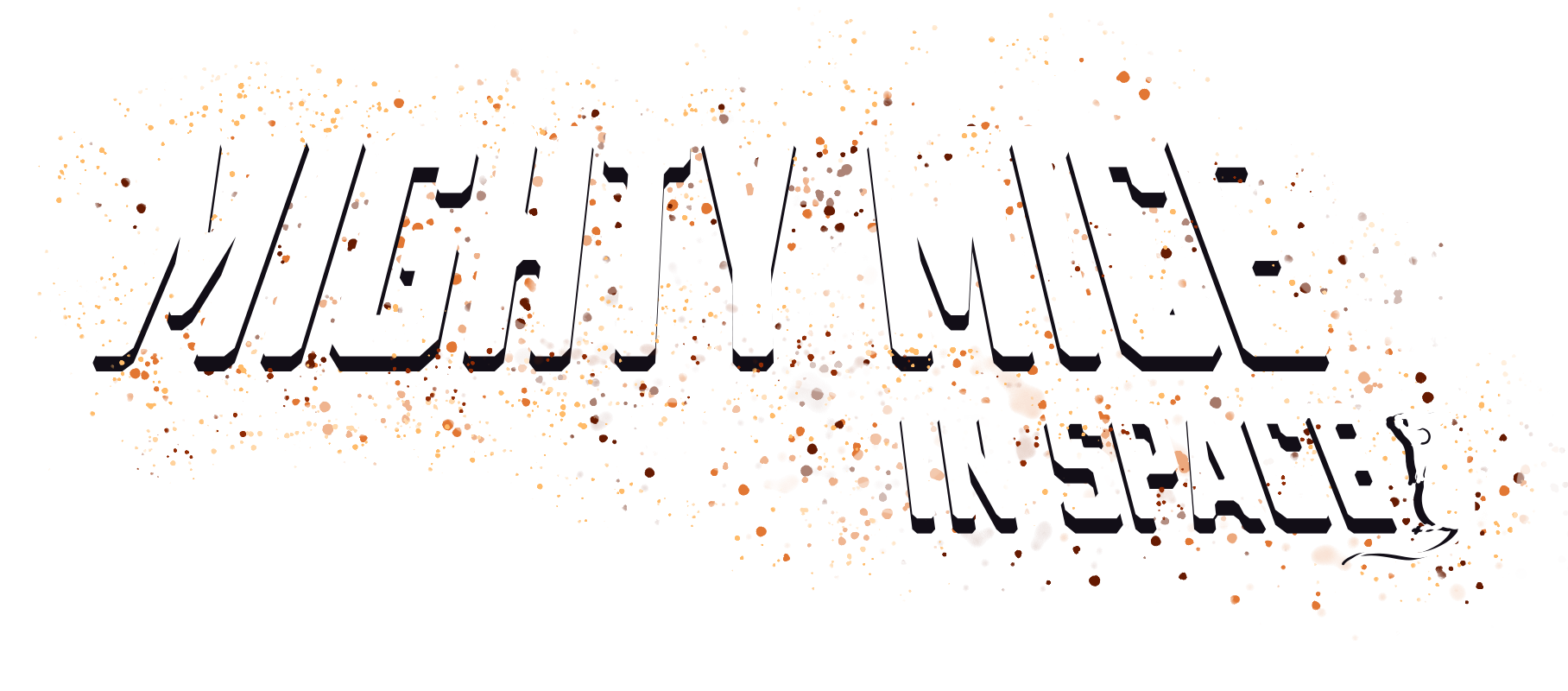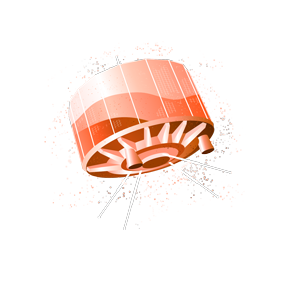

Mighty Mice in the news
Futurism: Gene-Hacked “Bodybuilder” Mice Stayed Ripped on Space Station
AP: ‘Mighty mice’ stay musclebound in space, boon for astronauts
Knowable: Rodents in space: Keeping bone and muscle strong on the ISS
Freethink: Astronauts Lose Muscle in Space. These Mice Could Hold the Solution
NPR: Researchers Find A Drug That Could Allow Astronauts Spend Years In Space
CNN: The 'mighty mice' that went to space could help protect astronauts' muscles and bones
NPR: Scientists Sent Mighty Mice To Space To Improve Treatments Back On Earth
CNN: SpaceX launches genetically enhanced 'mighty mice' to the International Space Station
Florida Today: SpaceX Falcon 9 launch from Cape Canaveral to send 'mighty mice' to space
Futurism: SpaceX is sending super-muscular mice to the Space Station
SyFy Wire: Mighty modified mousetronauts with twice normal muscle mass heading to space
Space.com: SpaceX will launch mighty mice, wild physics and more to Space Station next month
Portland Press Herald: Scientists on the International Space Station will study bone and muscle loss in brawny Jackson Laboratory mice
Mighty Mice stay mighty!
Astronauts face a very difficult challenge in space. In microgravity, their muscles and bones weaken over time. Specialized exercise programs developed for stints on the International Space Station (ISS) have helped, but for anything longer—such as a voyage to Mars—they would not be sufficient. In addition, earthbound people with limited or no mobility already face debilitating muscle atrophy and bone fragility, underscoring the need for an effective way to maintain both muscle and bone mass, both here on earth as well as in space.
Myostatin (MSTN) is a protein that is part of a system of checks and balances that limits muscle growth in many species, including humans. When its braking function is removed, increased muscling results. Mice lacking the MSTN gene—dubbed “Mighty Mice”—show dramatic muscle growth. But what happens to these mice in microgravity? And could an inhibitor of MSTN function help even normal, wild-type mice retain their muscle mass in space?
Read more

Mission briefing
Access the Space Station Research Explorer to see the official mission plan for the Mighty Mice project! (Rodent Research-19)
Mighty Mice in Space Teacher Guide
The JAX Genomic Education team has created a series of lessons that will allow teachers and students to follow the Mighty Mice in Space journey and immerse themselves in the research process. A series of three lessons were created for high school students at the introductory biology level. The lessons are not content driven, but rather emphasize skill development in areas such as prediction, experimental design, data interpretation and graphing. Lessons can be completed individually without any prerequisite knowledge, or given as a set. The teacher guide provides an overview of each lesson and cites additional resources for learning more.
Download the Mighty Mice in Space Teacher Guide
- Lesson 1 Making Predictions - Student Version
- Lesson 2 Analyzing Data - Student Version
- Lesson 3 Research Project
- Lesson 3 PowerPoint Template

Space Fact!
Thanks to previous space missions, we know that mice adapt quickly to microgravity. They do all the things they normally would. They groom their fur, huddle together and interact with the other mice.
An important health mission
On Thursday, December 5, researchers from The Jackson Laboratory for Genomic Medicine (JAX-GM), UConn Health, and Connecticut Children’s sent genetically-engineered “Mighty Mice” to the International Space Station to learn about the effect of microgravity on muscle and bone loss.
The mice were launched at 12:29 p.m. EST on SpaceX’s Dragon spacecraft on a Falcon 9 rocket from Cape Canaveral Air Force Station in Florida. These Mighty Mice are special mice raised by JAX’s custom breeding team in Bar Harbor, Maine, that are genetically engineered to lack myostatin and therefore display approximately twice the average muscle mass. The mice will spend approximately the next 30 days in space to help researcher Se-Jin Lee, M.D., Ph.D., professor at JAX-GM and Presidential Distinguished Professor at UConn School of Medicine, understand the impact of microgravity on muscle and bone degeneration.

Past JAX Missions
Learn how mouse research was conducted during the Space Shuttle Program era and the advantages of having a Rodent Research Facility in the ISS. Recent advances bring great promise to protect astronauts and people with serious health conditions on Earth. JAX has been part of at least four other space missions dating back to 2001.
JAX Mighty Mice
Over the course of four weeks on the International Space Station (ISS), researchers will determine the effect of microgravity on JAX's Mighty Mice — genetically engineered mice that lack myostatin and therefore display increased muscle mass.
The study will help scientists understand not only how to prevent muscle and bone loss in astronauts during space flight — especially for those on longer missions (Mars, we’re looking to you!), but it will also be tremendously valuable in understanding muscle degeneration in humans on Earth — for example, in elderly populations and those who are bed-ridden, people with rare diseases and those with conditions associated with muscle-wasting.
Se-Jin Lee, M.D., Ph.D. of JAX and UConn Health received a grant from the Center for the Advancement of Science in Space to conduct these experiments onboard the International Space Station (ISS) during the December 2019 - January 2020 mission. The team includes scientists from The Jackson Laboratory, UConn School of Medicine, and Connecticut Children’s Medical Center.
Meanwhile, here on Earth....
In conjunction with the research project on the ISS, JAX is partnering with Weaver High School and Kinsella Magnet School in Hartford, Conn. to involve the next generation of future scientists in this project. High school students will work with our researchers to learn about the importance of mouse models and the International Space Station’s space-based research programs. The students will use data collected at the ISS to develop scientific and data analysis skills aligned with Next Generation Science Standards, and conduct their own independent research projects about muscular and bone degeneration. The students’ work will culminate in a research presentation to scientists at JAX Genomic Medicine in Farmington, Conn.
More about Se-Jin Lee and myostatin
In 1997, aging and disease research hit a tremendous milestone: Professor Lee discovered "myostatin," a molecule involved in regulating muscle growth. Part of a large group of molecules known as the transforming growth factor-beta (TGFß) family, these proteins play diverse roles not just in muscle development, but in a multitude of biological processes, from establishing the body’s basic pattern during the earliest stages of life to guiding the proper form and function of organs like the kidney.